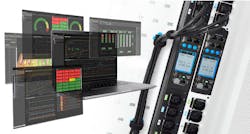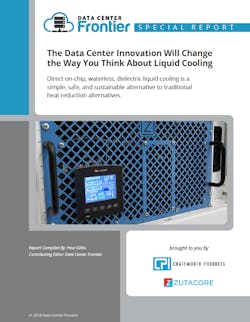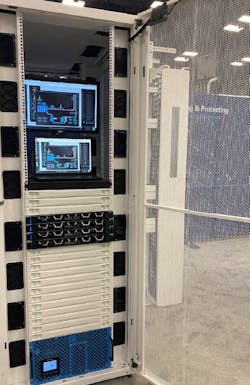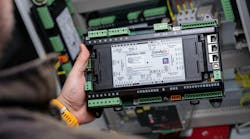How to Prepare Your Data Center for Liquid Cooling
This concludes our article series on the latest innovations in liquid cooling technology.
Technology leaders like colocation provider Equinix are investing in this technology and see it as the future of data center cooling. Equinix tested a direct-on-chip system from ZutaCore at one of its New York facilities and reported energy efficiency improvements of up to 50% compared to compute power deployed in a traditional enterprise data center. It also saw a reduction in both the number of servers required and the amount of energy consumed by its customers’ computing infrastructure.
Direct liquid cooling (DLC) has been a niche market until now, but “most data center operators predict a substantial increase in use within five years, particularly for cold plate systems,” according to Uptime Institute. Its 2022 survey found that 18% of operators expect to use DLC in at least 50% of their racks within three to five years and nearly 80% are either using DLC or will consider using it in the future. Two-thirds cited cost-saving benefits from reduced energy consumption and more than half said they believe DLC provides them with better environmental sustainability.
The greatest concerns operators identified were increased cost and the risk of coolant leaks. Direct- on-chip, dielectric two-phase liquid cooling effectively addresses both concerns. Its total cost of ownership is superior to other techniques and the closed-loop design of the system minimizes the risk of coolant leaks. Furthermore, it is a low-pressure system that utilizes leak-proof fittings; in the unlikely event of a leak, the dielectric simply dissipates harmlessly into the air.
An integrated solution
Although direct-on-chip systems can be retrofitted to existing racks, the simplest and most reliable solution is to use a rack that comes preconfigured with the cooling components included. Operators who aren’t ready to make the full jump to dielectric two-phase liquid cooling should choose a cabinet that provides an upgrade path to maximize their current infrastructure through advanced airflow management solutions while offering a transition path to liquid cooling when needed.
For example, Chatsworth Products’ ZetaFrame® Cabinet System comes with an industry-leading 4,000 lb. dynamic load rating and can easily support a loaded rack with the integrated liquid cooling system when used in conjunction with a shock pallet. Equipped with in-rack eConnect® power distribution units (PDUs), Chatsworth’s cabinets provide a complete solution to power and manage high-density loads, close to the device. The cabinet design and size allow liquid cooling to be added while preserving the ability to meet cable management standards.
Remote management capability provides continual automated monitoring with the ability to set thresholds and get notifications when they are exceeded. Power consumption is monitored at the output level of the rack power distribution unit and outlet-level monitoring allows under- or over- utilized servers to be identified. Electronic access controls and monitoring capabilities with Data Center Infrastructure Management (DCIM) software round out the features of this integrated solution.
Download the full report, The Data Center Innovation Will Change the Way You Think About Liquid Cooling, featuring Chatsworth Products and Zutacore, for exclusive content on how to prepare for the future.




